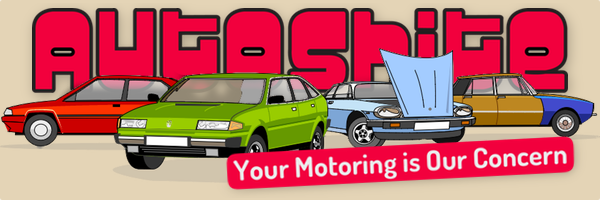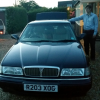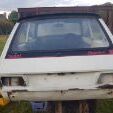Treating surface rust for dummies.
-
Similar Content
-
- 125 replies
- 8,802 views
-
80s cars that didn't rust 1 2 3
By grogee,
- 73 replies
- 3,978 views
-
Discover the rust. A tale of Discovery ownership and its many flaws. Found more rust :( 1 2 3
By sutty2006,
- 88 replies
- 9,902 views
-
A simple feel good rust repair
By DirtyDaily,
- 0 replies
- 374 views
-
- 213 replies
- 27,608 views
-







Recommended Posts
Create an account or sign in to comment
You need to be a member in order to leave a comment
Create an account
Sign up for a new account in our community. It's easy!
Register a new accountSign in
Already have an account? Sign in here.
Sign In Now